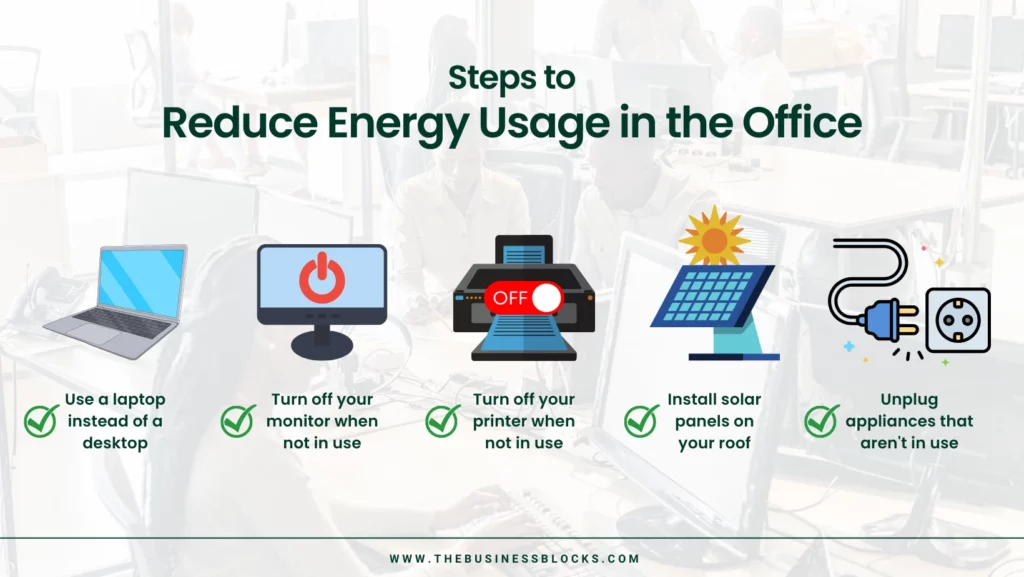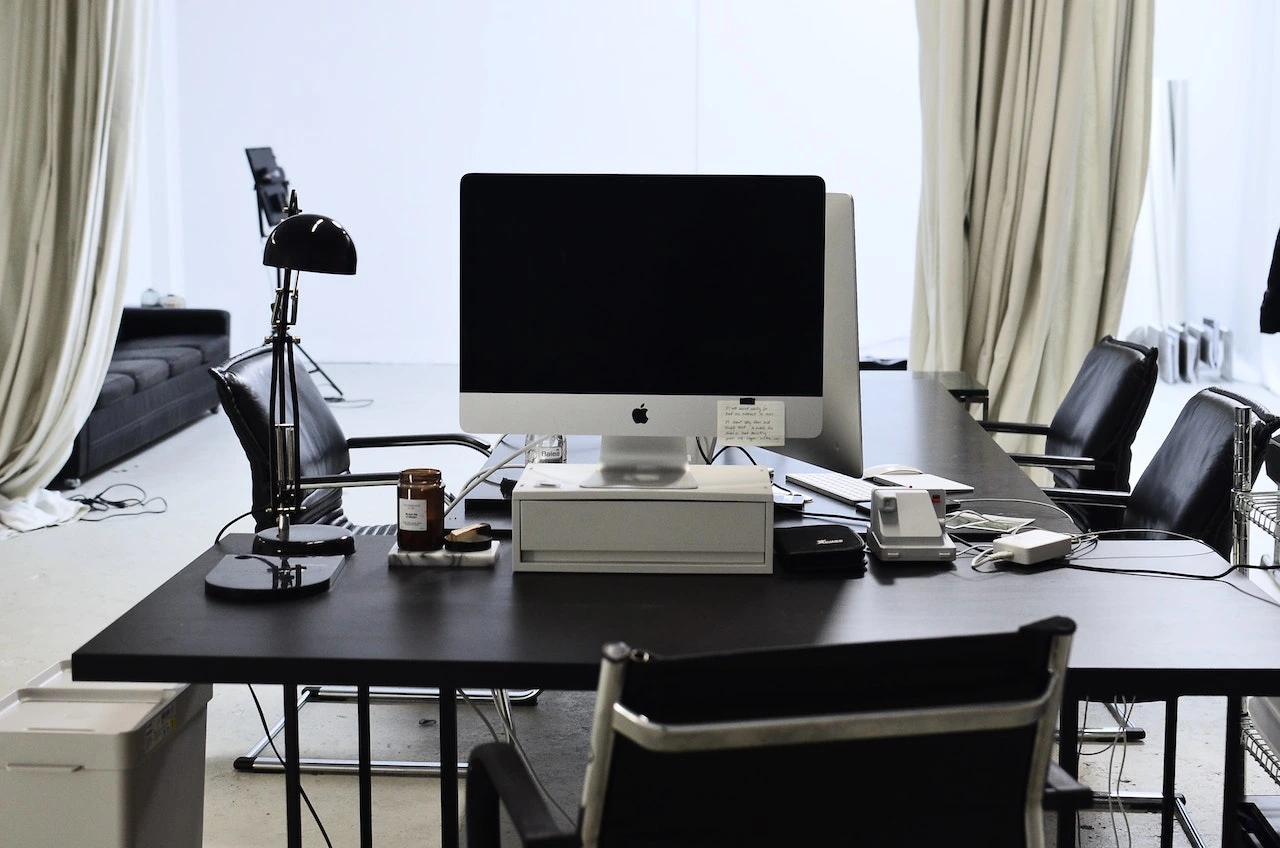Did you know that by implementing energy efficiency measures and changing employee behavior, the typical small to medium-sized business (SME) may save between 18 and 25 percent on their monthly energy costs?
As energy and other operating expenses continue to climb, businesses can benefit by installing energy-efficient machinery and furnishing. In turn, they would do well to compare energy providers for small to medium-sized companies.
Business owners are the ones who know best what it takes to keep their businesses running. And these business owners have learned many things from saving energy in their businesses. They have learned that saving energy can save them money, save the environment and make their employees more productive.
Why Invest in Energy Management for Your Office
Energy management is a crucial aspect of the office. It can be the difference between an efficient, productive office and a wasteful, inefficient one.
The first step to implementing energy management in your office is to measure and monitor your current energy usage. It is easier to accomplish using a few simple tools that will accurately read your everyday energy use. This way, you know where you are wasting money and can start to make changes based on what you find.
Once you have a baseline of your current energy usage, it’s time to start making changes that will benefit your company and the environment. Your best bet is to start making small changes over time that will add up in the long run and save you money. Additionally, consider investing in energy contract management services to ensure that your energy contracts are optimized for cost savings and efficiency, further enhancing your energy management efforts.
Steps to a More Energy-Efficient Office

We will show you the best way to cut your energy costs in the office. Moreover, we will provide you with some of the most important things to consider when saving energy.
We will explore some tried and tested ways to save energy in the office.
- Use a laptop instead of a desktop computer. Laptops use less energy than desktops because they are more efficient and don’t require additional equipment like monitors or printers.
- Turn off your monitor when you’re not using it. It is a known fact that monitors consume a lot of electricity. Therefore, it makes sense to turn these off when not in use.
- Turn off your printer when you’re not using it too! Printers also consume a lot of electricity, so turn them off if you’re not printing anything to save energy.
- Install solar panels on your roof! Solar panels produce clean energy and can lower your carbon footprint while saving you money on utility bills.
- Unplug appliances that aren’t in use too! Appliances like microwaves, TVs, radios, and lamps within an office environment also use electricity even when they’re not being used.
How You Can Save Energy in Your Office
Energy consumption in offices plays its part in global warming and climate change. The average office building consumes about 40% of its total energy on heating, cooling, and lighting.
Implementing a paperless system for documents will help reduce paper usage and save on printing costs. – Turning off lights when you leave a room or at the end of the day can help reduce lighting costs significantly.
Reducing your use of HVAC systems by setting your thermostat at a higher temperature during the summer and lower during winter will help reduce heating and cooling costs, as well as wear and tear on these systems, which will lead to longer-lasting units.
Lighting accounts for up to 50% of an office’s electricity usage, so you must make sure that your office has enough light without using too much energy.
You can do this by using natural light wherever possible and by making sure that your lights are turned off when they’re not needed.
Final Words
Many offices in the UK are wasting a lot of energy and money. They are using more than they need to, which is not sustainable. This can be due to inefficient heating systems, outdated equipment, and lack of insulation.
Have you thought of making sure your office has an efficient heating system? If your building is old, you will have to replace the heating system with a more efficient one, like an air-source or ground-source heat pump.
Next, make sure that your office has good insulation. This will help keep the heat inside the building during winter and keep it cool during summer by keeping outside air out.
Finally, look into replacing any old equipment in your office with newer technology that consumes less energy (like LED lighting).

